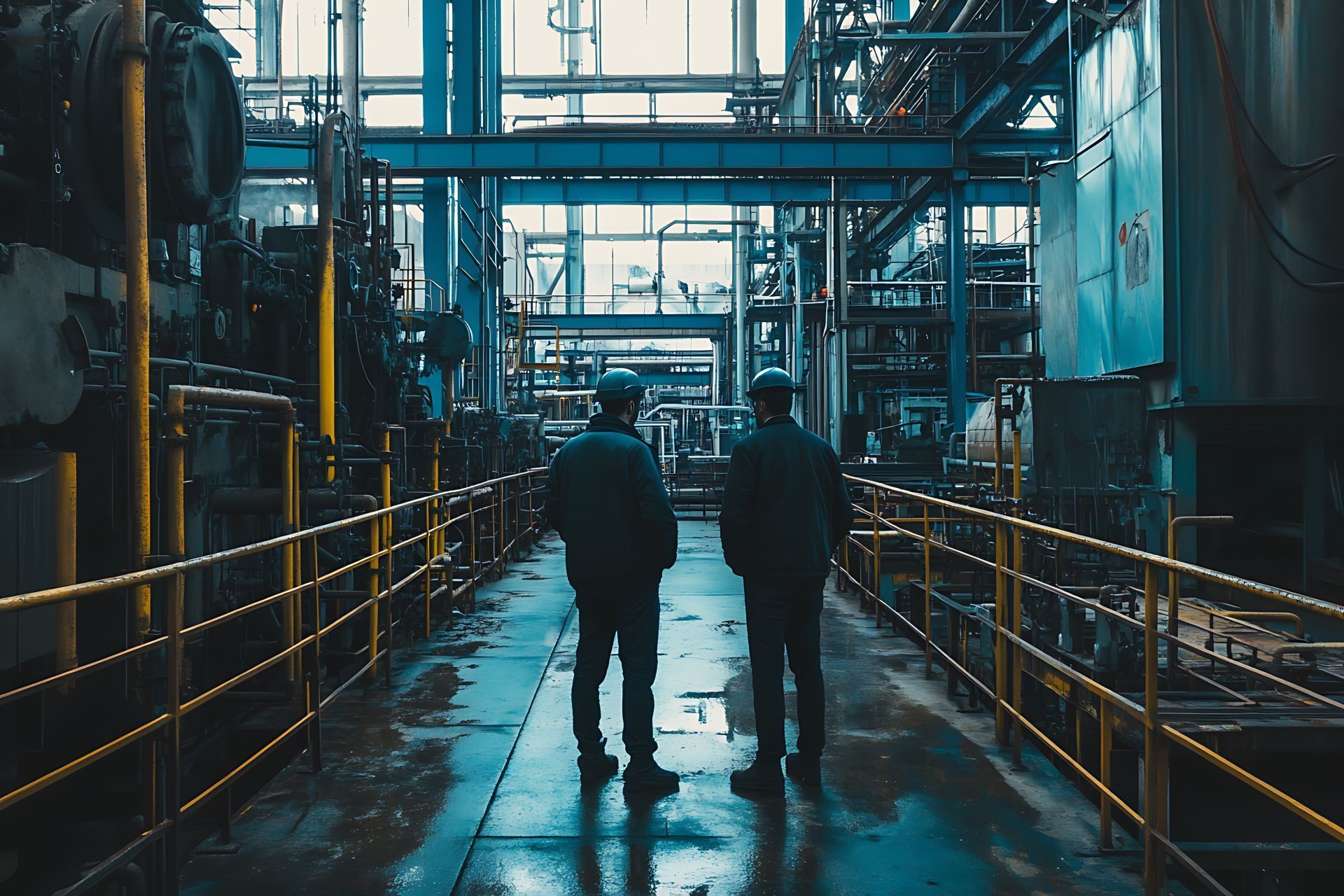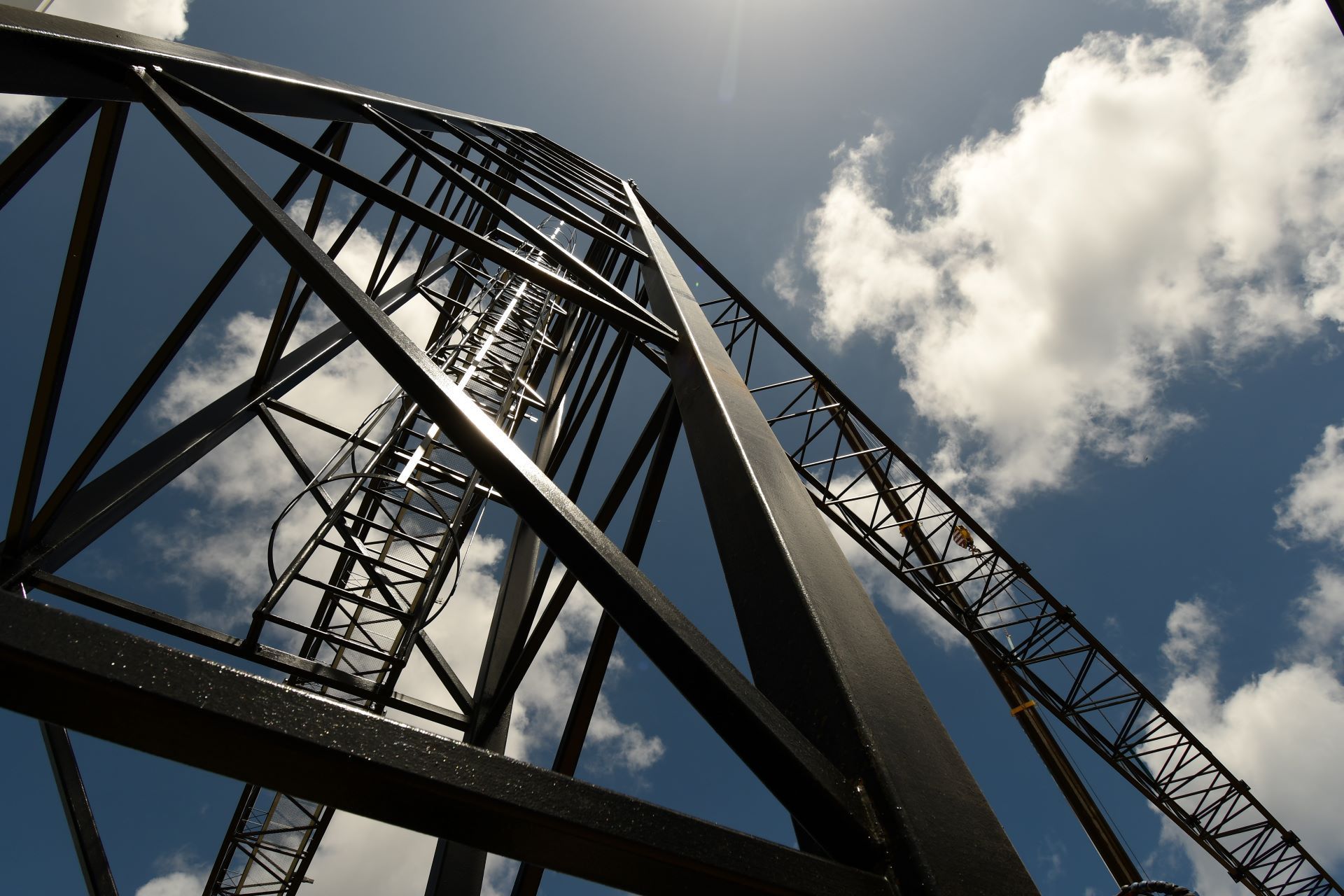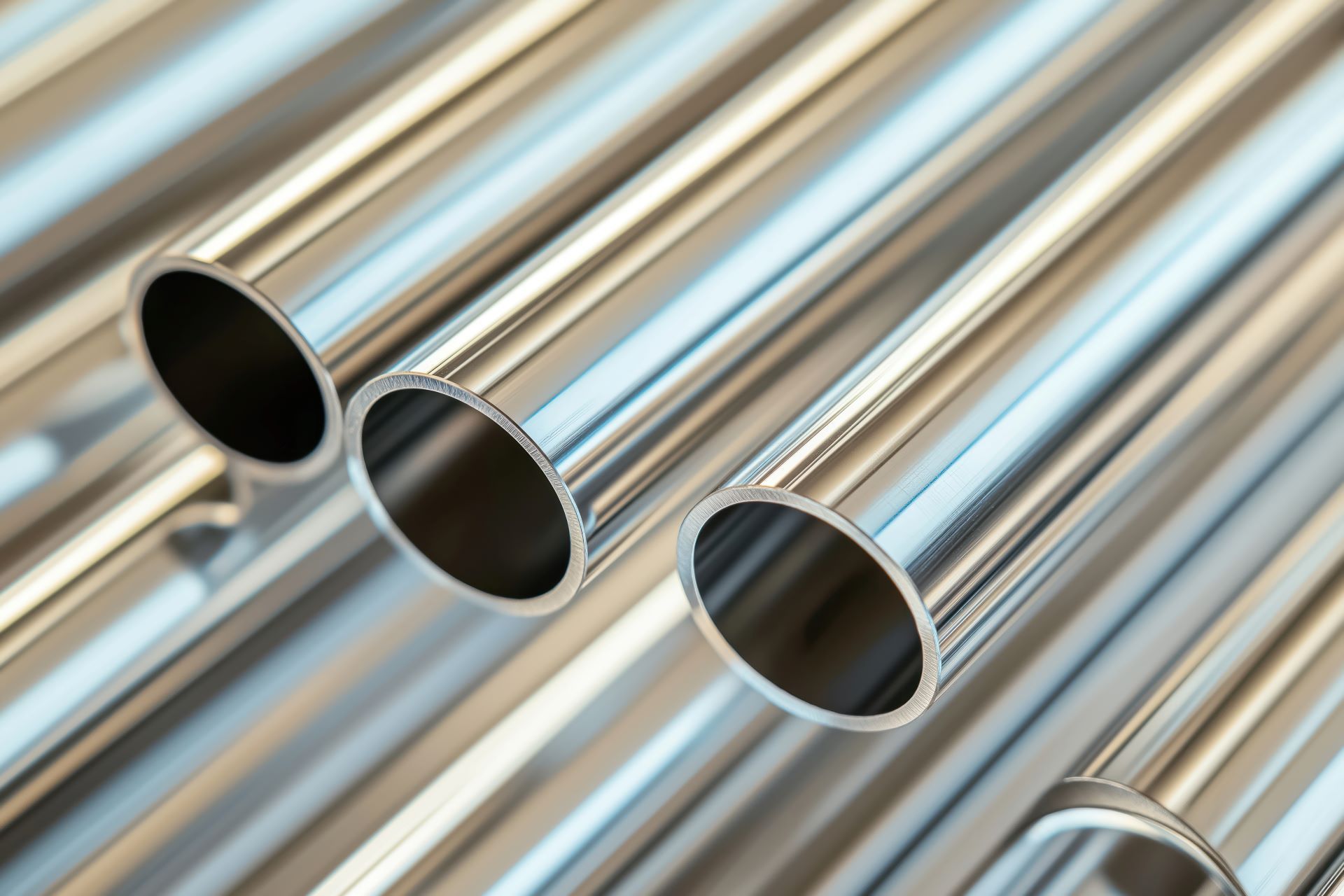Hot Rolled vs. Cold Rolled Stainless: Choosing the Right Material for Industrial Applications
Understanding stainless steel processing methods is critical for making informed decisions in fabrication, design, and long-term performance. For manufacturers and fabricators working in industries like tank construction, structural steel, sanitary systems, or OEM manufacturing, the choice between hot rolled and cold rolled stainless steel has major implications for cost, precision, and surface finish.
At Action Stainless, we stock both hot and cold rolled stainless in grades like 304, 316, and 430 and support these with cutting, grinding, and polishing services performed in-house. This blog breaks down the key differences between hot and cold rolling, their typical use cases, and how your project benefits from choosing the right form.
What Is Hot Rolled Stainless Steel?
Hot rolled stainless is manufactured at temperatures above 1,700°F well above the steel’s recrystallization point. This process allows for easier shaping and forming, especially in thick gauges. As the steel cools at room temperature, it slightly shrinks and develops an oxidized outer scale.
This scale is often removed later through pickling or polishing, depending on the application.
Hot Rolled Characteristics:
- Rougher, matte surface
- More ductile and easy to form in large sections
- Looser dimensional tolerances
- Lower cost due to simplified production steps
Hot rolled material is frequently used in structural and heavy-duty applications where exact precision and cosmetic appearance are not top priorities.
What Is Cold Rolled Stainless Steel?
Cold rolled stainless starts as hot rolled but is further processed at or near room temperature. The cold reduction process increases tensile strength, enhances surface quality, and creates a tighter tolerance material.
After rolling, the material is annealed and often pickled to remove scale and relieve stress.
Cold Rolled Characteristics:
- Smooth, polished, or bright finish
- Higher mechanical strength
- Tighter thickness and dimensional control
- Greater formability and cosmetic appeal
- Increased cost due to extra processing
Cold rolled stainless is often chosen for sanitary environments, food processing equipment, and parts where tight tolerances are critical.
Hot Rolled vs. Cold Rolled Stainless: Side-by-Side Comparison
| Property | Hot Rolled Stainless | Cold Rolled Stainless |
|---|---|---|
| Processing Temp. | > 1,700°F | Room temp or below recrystallization temp |
| Surface Finish | Rough, matte, scaly | Smooth, polished, bright |
| Dimensional Tolerance | Lower precision | Tight and consistent |
| Strength | Moderate | Higher due to strain hardening |
| Formability | Excellent for large parts | Better for fine, detailed work |
| Cost | Lower | Higher |
| Common Applications | Tanks, frames, vessels, heavy plate | Food equipment, cleanrooms, architectural |
Choosing the Right Finish for Industrial Projects
Not all stainless steel is created equal even if two plates are labeled “316L.” True performance depends on chemistry consistency, mill integrity, and lot traceability. We only source from approved mills and verify incoming material before distribution. Our in-house capabilities ensure that you receive the exact material grade, condition, and finish you specify.
We supply certified material across:
Each product ships with
heat number traceability and certification stored and retrievable for all prior orders.
Common Certifications Provided
Surface finish plays a critical role in stainless steel performance especially in regulated industries. Action Stainless supplies multiple finish types to match project specs and hygiene standards.
| Finish Type | Method | Common Use Cases |
|---|---|---|
| No. 1 (HRAP) | Hot rolled, annealed, pickled | Tanks, supports, non-cosmetic surfaces |
| 2B | Cold rolled, annealed, pickled | Sanitary tubing, food surfaces |
| BA | Cold rolled, bright annealed | Appliances, decorative panels |
| No. 4 | Cold rolled, brushed | Restaurant equipment, exposed fixtures |
Whether you need a sanitary finish or a mill-scale surface for welding, Action Stainless maintains inventory and offers
in-house polishing to meet specific tolerances and texture requirements.
Applications: When to Use Hot Rolled vs. Cold Rolled
Ideal Use Cases for Hot Rolled:
- Structural steel frameworks
- Heavy tanks and equipment supports
- Agricultural and marine hardware
- Projects where surface is concealed or painted
- Any job prioritizing strength and budget over appearance
Action Stainless supports hot rolled projects with
plasma cutting, saw cutting, and delivery prep to keep your schedule on track.
Ideal Use Cases for Cold Rolled:
- Food and beverage production systems
- Pharmaceutical and sanitary process piping
- Restaurant-grade panels and backsplashes
- Architectural metalwork
- Thin-gauge or precision-formed components
We frequently supply cold rolled stainless for fabricators who need a bright finish, tight tolerances, or components headed for additional polishing or grinding.
Grades Available in Hot and Cold Rolled Form
| Grade | Hot Rolled Availability | Cold Rolled Availability | Typical Uses |
|---|---|---|---|
| 304 | Yes | Yes | General use, tanks, food processing |
| 316 | Yes | Yes | Marine, pharma, high-corrosion |
| 430 | Yes (less common) | Yes | Decorative panels, appliances |
We stock these grades in sheet, plate, bar, and tube and can saw, cut, or polish them in-house to your project spec.
Fabrication Differences Between Hot and Cold Rolled Stainless
Failing to provide complete documentation can result in:
- Project delays due to rejected material at the jobsite
- Loss of customer trust or penalties in regulated markets
- Inability to pass audits for ISO or ASME compliance
- Costly rework or remanufacturing
That’s why Action Stainless maintains strict internal controls and a trained team that understands
both material specs and documentation standards.
Why Choose Action Stainless for Certified Metals?
Action Stainless understands that fabrication needs vary across industries. Here’s how the rolling method can affect secondary processes:
- Cold Rolled: Better formability for tight-radius bends, smoother welding, ideal for precision machining.
- Hot Rolled: More ductile at thick gauges, easier to cut and weld, requires finishing if aesthetics matter.
Whether you're fabricating heat exchanger shells, walkways, frames, or sanitary processing equipment, our team helps determine the right form and finish to minimize waste and improve downstream fabrication efficiency.
Partnering With Action Stainless
Our team does more than supply stainless. we provide value-added processing with no outsourcing. All cutting, polishing, and packaging services are handled at our own facilities, helping you:
- Reduce fabrication time
- Maintain tighter tolerances
- Avoid delays from third-party vendors
- Get the right grade, finish, and form all from one source
Whether you need plasma cutting, polishing, saw cutting, or ready-to-ship stock, we ensure your stainless meets both spec and schedule.
Conclusion
Hot rolled and cold rolled stainless each have a place in modern industrial fabrication. The key is understanding how they differ and how your choice will affect cost, formability, finish, and final use. At Action Stainless, we offer both types in multiple grades and finishes, backed by in-house processing and expert support.
Ready to source your next stainless project with precision? Contact Action Stainless today for tailored inventory, expert guidance, and cutting done right.
FAQs: Hot Rolled vs. Cold Rolled Stainless
What’s the primary difference between hot and cold rolled stainless?
Hot rolled stainless is processed at high temperatures and has a rough finish. Cold rolled is rolled at room temperature and has a smoother, more precise finish.
Which is better for structural work?
Hot rolled stainless is ideal for structural and heavy equipment use where exact tolerances and surface finish are less critical.
Which should I use for sanitary or food-grade environments?
Cold rolled stainless is preferred due to its smooth surface and ease of cleaning.
Do both types resist corrosion equally?
Yes, when using grades like 304 or 316, both hot and cold rolled stainless provide strong corrosion resistance. The finish affects surface cleanliness but not base corrosion resistance.
Can Action Stainless cut and polish both types?
Yes. We offer in house cutting, polishing, and value-added services on all stocked grades and finishes.






